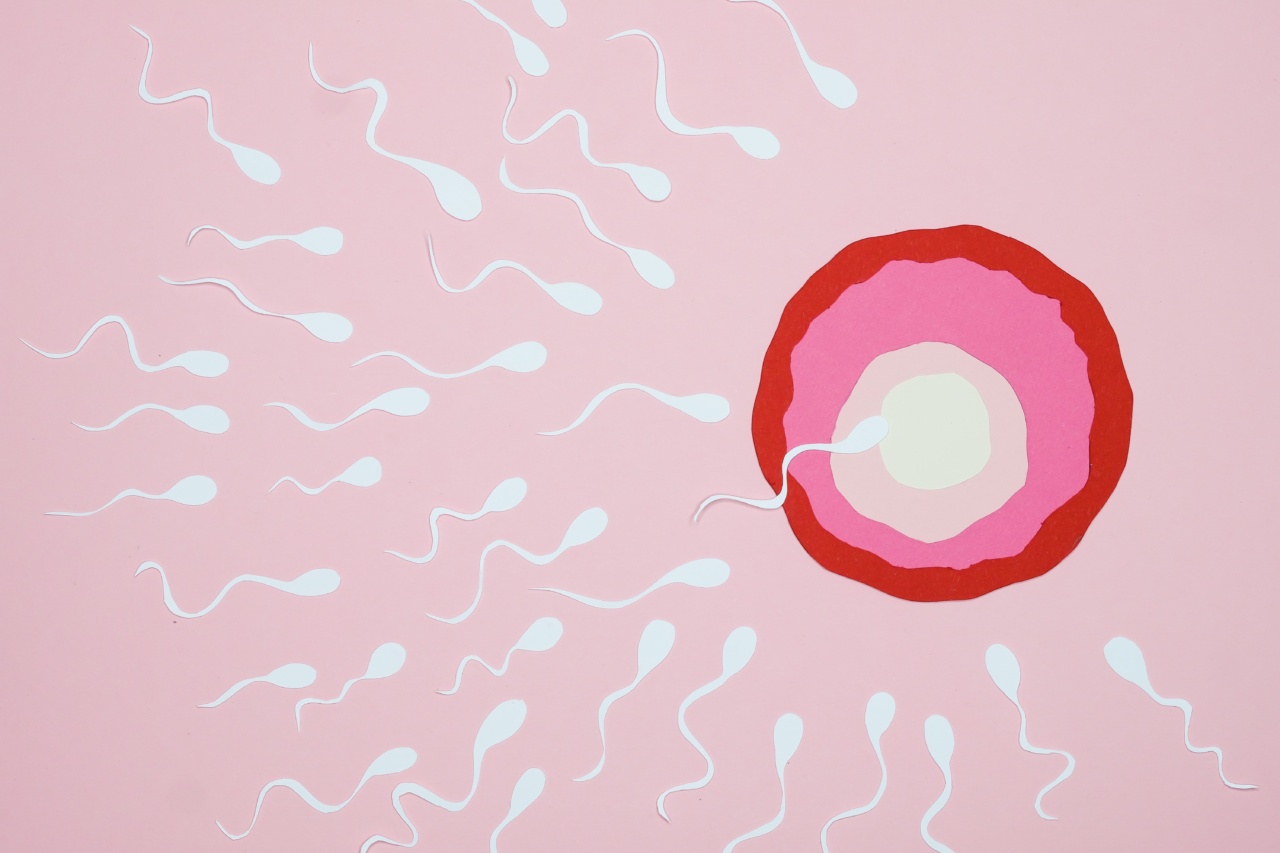Fertility treatments have become more common in the past few decades and with that comes a variety of ways to conceive children. Sperm donation is one of those ways.
While it is a popular option for those who struggle with fertility, there are risks involved. One such risk is the possibility of birth defects that can arise from fertilization with a sperm donor.
What is a sperm donor?
A sperm donor is a person who donates their sperm to a fertility clinic or sperm bank for use in artificial insemination or other fertility treatments. Sperm donation is a way for couples who are unable to conceive naturally to have a child.
It is also a way for single women or same-sex couples to have biological children.
What are birth defects?
A birth defect is a physical or mental condition that is present at birth. Birth defects can range from minor abnormalities to severe, life-threatening conditions. Some birth defects are genetic and are inherited from the parents.
Others can be caused by environmental factors, medications, or infections during pregnancy.
The risks of sperm donation
While sperm donation is generally considered safe, there are risks involved. Sperm banks screen their donors for genetic disorders and other health issues, but there is no guarantee that all potential risks have been identified.
Additionally, there is a small risk of infection from the sperm donation process.
Can fertilization with a sperm donor lead to birth defects?
Yes, fertilization with a sperm donor can lead to birth defects. While sperm banks screen their donors for genetic disorders, there is still a risk of passing on a genetic abnormality.
This risk is generally low, but it can vary depending on the specific genetic disorder. Additionally, there is a risk of birth defects from environmental factors or other causes that are not related to genetics.
What are the most common birth defects from sperm donation?
There is no one most common birth defect that can arise from sperm donation as it can vary greatly depending on the individual donor and the genetic factors involved.
Some genetic disorders that can be passed on through sperm donation include cystic fibrosis, sickle cell anemia, and hemophilia. Other birth defects can be caused by exposure to environmental toxins or infections during pregnancy.
How can you reduce the risk of birth defects from sperm donation?
There are a few steps that you can take to reduce the risk of birth defects from sperm donation:.
- Choose a sperm bank that has a rigorous screening process for their donors.
- Ensure that the sperm donor is tested for any genetic disorders or health issues that run in their family.
- Consider genetic counseling to understand any potential risks based on your family history and the sperm donor’s family history.
- Follow a healthy lifestyle during pregnancy to reduce the risk of environmental factors that can cause birth defects.
Conclusion
While using a sperm donor for fertility can be a safe and effective way to conceive a child, there are risks involved. Fertilization with a sperm donor can lead to birth defects, although the risk is generally low.
It is important to choose a reputable sperm bank and undergo genetic counseling to understand any potential risks. By taking these steps, you can reduce the risk of birth defects and increase your chances of having a healthy child.





























